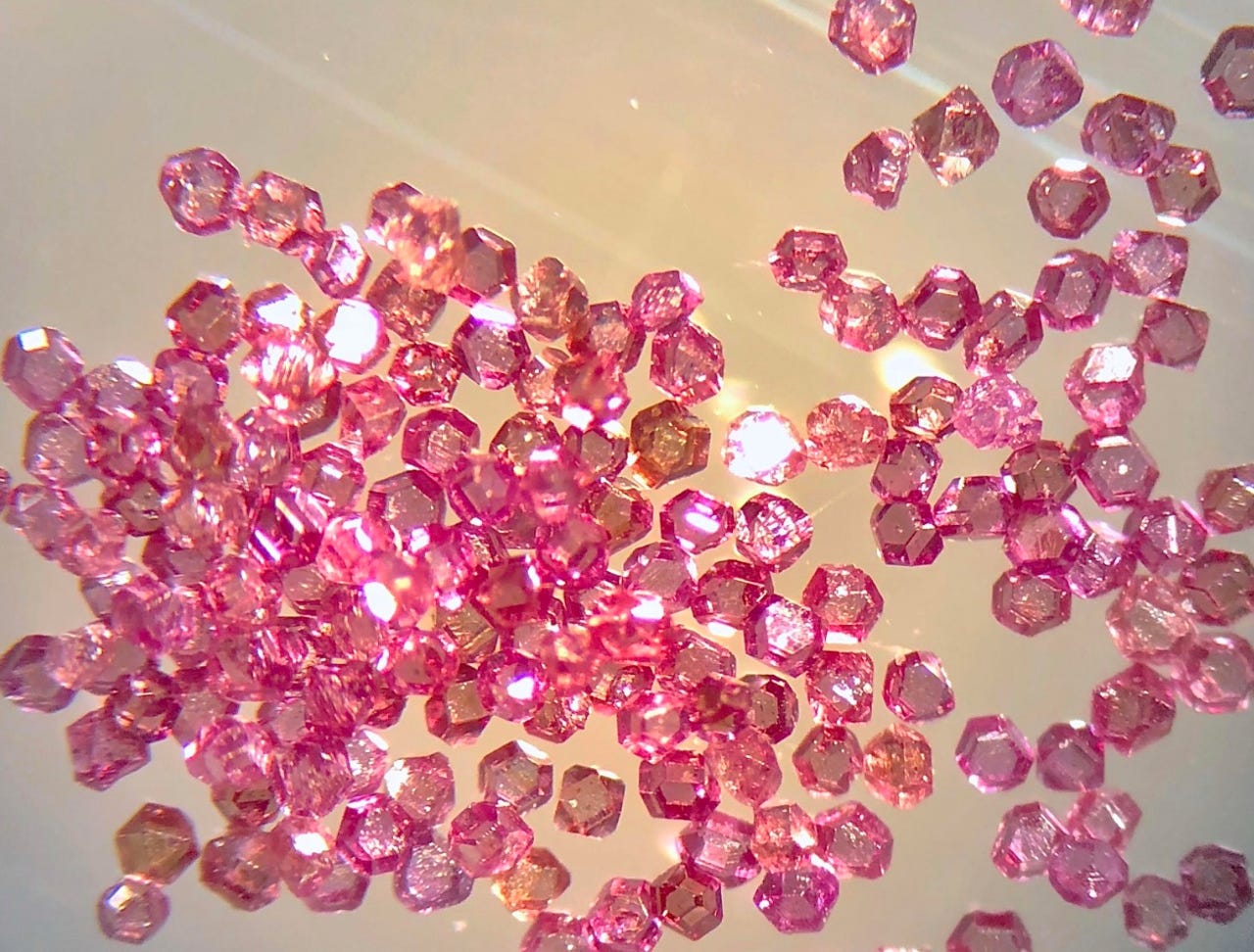Diamond defects could lead to low-cost medical devices


Think diamond, think expensive. However, this incredibly hard material could become the go-to resource for the creation of affordable medical imaging and drug discovery devices.
Featured
According to scientists at the Department of Energy's Lawrence Berkeley National Laboratory (Berkeley Lab) and UC Berkeley, while traditional medical equipment in these fields can cost millions of dollars, defects in diamonds can be exploited to provide a low-cost, affordable alternative.
The team has been working on ways to tamper with diamonds at the nanoscale and microscale levels. When defects are discovered, this material can be used to enhance the sensitivity of magnetic resonance imaging (MRI) and nuclear magnetic resonance (NMR) capabilities, suitable for use in medical systems -- and eradicating the need for superconducting magnets.
MRI machines assist in the diagnosis of medical conditions and are used to locate cancerous tumors and growths. NMR machines are used in the examination of drug compounds and other molecules at the atomic level.
These medical devices require expensive and bulky superconducting magnets to pinpoint mass and atoms.
However, the scientists say that a new technique, known as spin polarization, could utilize diamond to replace these magnets and improve the efficiency of medical devices -- as well as vastly reduce the cost of producing such equipment.
Diamonds are "tuned" at the nano- and microscale to align them. Likened to setting compass needles, flaws in the material allow the diamonds' surface area to be polarized.
Diamonds are naturally formed in a variety of orientations. By zapping small diamonds with green laser light, subjecting it to a weak magnetic field, and then sweeping across the diamonds' surface area with microwaves, the scientists were able to create a more uniform spin polarization.
These "hyperpolarized" spins could lead to sharper, more defined images being produced by MRI and NMR machines as the new technique can improve polarization "hundreds of times" in comparison to today's medical imaging devices.
It may also be possible to transfer this technique to fluid injected into patients for MRI scans.
"This important discovery in the hyperpolarization of nano- and microscale diamonds has enormous scientific and commercial implications," said Ashok Ajoy, UC Berkeley scientist and lead author of the study.
At first, the scientists experimented with crystals of roughly 100 microns, or 100 millionths of an inch across. Further tests allowed the team to hone in on diamonds which measured approximately one to five microns, as they performed about twice as well.
See also: Sensors under the skin monitor your alcohol intake
In order to keep manufacturing costs down, diamonds of this size could be produced industrially, such as through the conversion of graphite.
If diamonds can be used to reduce the cost of medical imaging devices, this may open up the market for hospitals and research facilities which, at present, cannot afford them. In addition, Ajoy believes that eventually the size of these machines could be reduced from the size of a room to the size of a bench.
A miniature system using off-the-shelf components has already been produced and a patent has been filed. However, the team's next challenge is to develop a way to increase the longevity of the polarization and transfer it to liquids.
The study has been published in the academic journal Science Advances.
The research was supported by the National Science Foundation and the Research Corporation for Science Advancement.